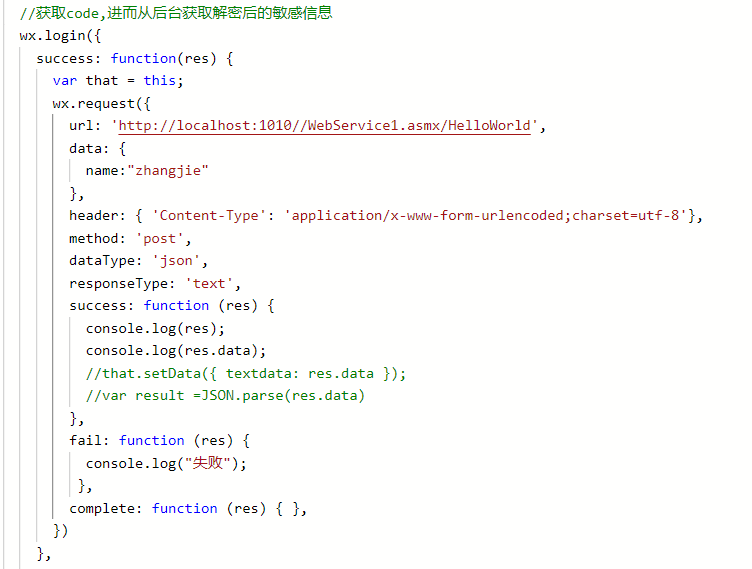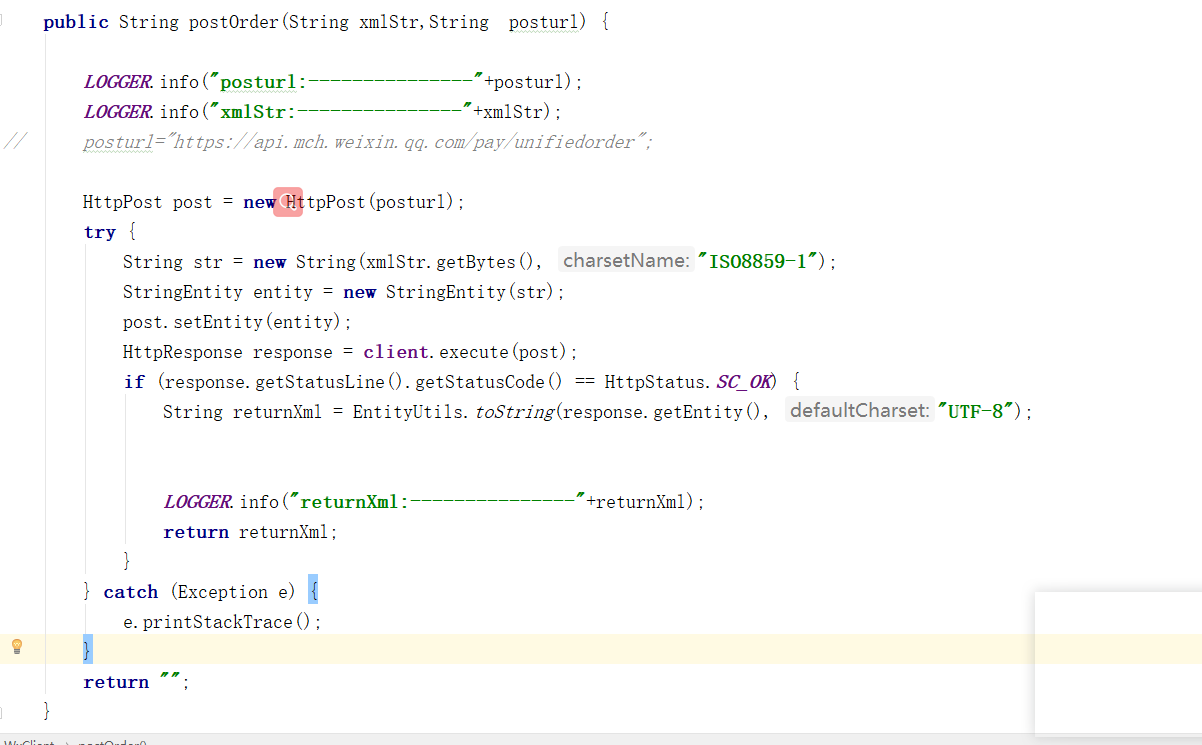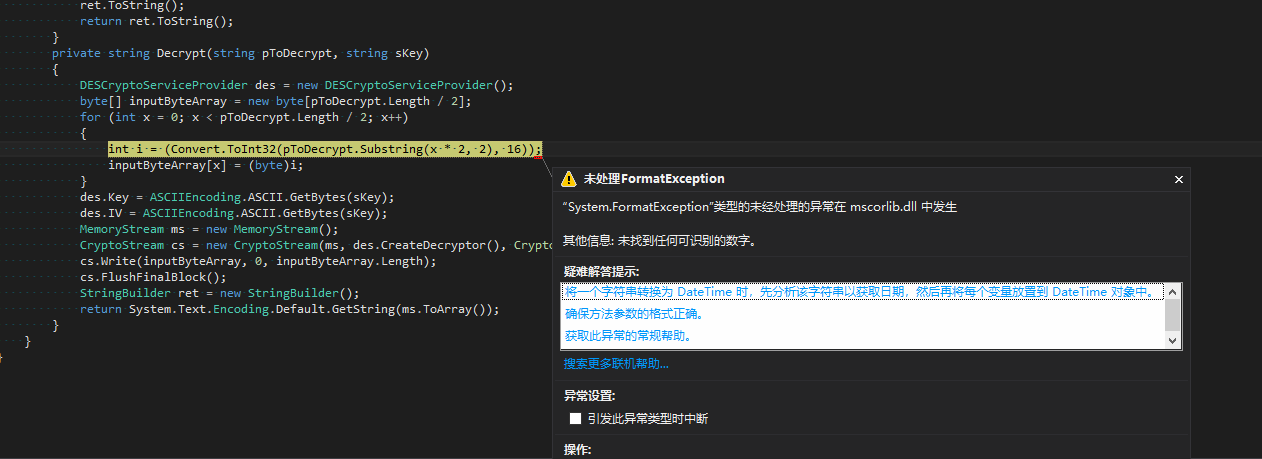可以将文章内容翻译成中文,广告屏蔽插件可能会导致该功能失效(如失效,请关闭广告屏蔽插件后再试):
问题:
map(function, iterable, ...)
Apply function to every item of iterable and return a list of the results. If additional iterable arguments are passed, function must take that many arguments and is applied to the items from all iterables in parallel.
If one iterable is shorter than another it is assumed to be extended with None items.
If function is None, the identity function is assumed; if there are multiple arguments, map() returns a list consisting of tuples containing the corresponding items from all iterables (a kind of transpose operation).
The iterable arguments may be a sequence or any iterable object; the result is always a list.
What role does this play in making a Cartesian product?
content = map(tuple, array)
What effect does putting a tuple anywhere in there have? I also noticed that without the map function the output is abc and with it, it\'s a, b, c.
I want to fully understand this function. The reference definitions is also hard to understand. Too much fancy fluff.
回答1:
map isn\'t particularly pythonic. I would recommend using list comprehensions instead:
map(f, iterable)
is basically equivalent to:
[f(x) for x in iterable]
map on its own can\'t do a Cartesian product, because the length of its output list is always the same as its input list. You can trivially do a Cartesian product with a list comprehension though:
[(a, b) for a in iterable_a for b in iterable_b]
The syntax is a little confusing -- that\'s basically equivalent to:
result = []
for a in iterable_a:
for b in iterable_b:
result.append((a, b))
回答2:
map doesn\'t relate to a Cartesian product at all, although I imagine someone well versed in functional programming could come up with some impossible to understand way of generating a one using map.
map in Python 3 is equivalent to this:
def map(func, iterable):
for i in iterable:
yield func(i)
and the only difference in Python 2 is that it will build up a full list of results to return all at once instead of yielding.
Although Python convention usually prefers list comprehensions (or generator expressions) to achieve the same result as a call to map, particularly if you\'re using a lambda expression as the first argument:
[func(i) for i in iterable]
As an example of what you asked for in the comments on the question - \"turn a string into an array\", by \'array\' you probably want either a tuple or a list (both of them behave a little like arrays from other languages) -
>>> a = \"hello, world\"
>>> list(a)
[\'h\', \'e\', \'l\', \'l\', \'o\', \',\', \' \', \'w\', \'o\', \'r\', \'l\', \'d\']
>>> tuple(a)
(\'h\', \'e\', \'l\', \'l\', \'o\', \',\', \' \', \'w\', \'o\', \'r\', \'l\', \'d\')
A use of map here would be if you start with a list of strings instead of a single string - map can listify all of them individually:
>>> a = [\"foo\", \"bar\", \"baz\"]
>>> list(map(list, a))
[[\'f\', \'o\', \'o\'], [\'b\', \'a\', \'r\'], [\'b\', \'a\', \'z\']]
Note that map(list, a) is equivalent in Python 2, but in Python 3 you need the list call if you want to do anything other than feed it into a for loop (or a processing function such as sum that only needs an iterable, and not a sequence). But also note again that a list comprehension is usually preferred:
>>> [list(b) for b in a]
[[\'f\', \'o\', \'o\'], [\'b\', \'a\', \'r\'], [\'b\', \'a\', \'z\']]
回答3:
map creates a new list by applying a function to every element of the source:
xs = [1, 2, 3]
# all of those are equivalent — the output is [2, 4, 6]
# 1. map
ys = map(lambda x: x * 2, xs)
# 2. list comprehension
ys = [x * 2 for x in xs]
# 3. explicit loop
ys = []
for x in xs:
ys.append(x * 2)
n-ary map is equivalent to zipping input iterables together and then applying the transformation function on every element of that intermediate zipped list. It\'s not a Cartesian product:
xs = [1, 2, 3]
ys = [2, 4, 6]
def f(x, y):
return (x * 2, y // 2)
# output: [(2, 1), (4, 2), (6, 3)]
# 1. map
zs = map(f, xs, ys)
# 2. list comp
zs = [f(x, y) for x, y in zip(xs, ys)]
# 3. explicit loop
zs = []
for x, y in zip(xs, ys):
zs.append(f(x, y))
I\'ve used zip here, but map behaviour actually differs slightly when iterables aren\'t the same size — as noted in its documentation, it extends iterables to contain None.
回答4:
Simplifying a bit, you can imagine map() doing something like this:
def mymap(func, lst):
result = []
for e in lst:
result.append(func(e))
return result
As you can see, it takes a function and a list, and returns a new list with the result of applying the function to each of the elements in the input list. I said \"simplifying a bit\" because in reality map() can process more than one iterable:
If additional iterable arguments are passed, function must take that many arguments and is applied to the items from all iterables in parallel. If one iterable is shorter than another it is assumed to be extended with None items.
For the second part in the question: What role does this play in making a Cartesian product? well, map() could be used for generating the cartesian product of a list like this:
lst = [1, 2, 3, 4, 5]
from operator import add
reduce(add, map(lambda i: map(lambda j: (i, j), lst), lst))
... But to tell the truth, using product() is a much simpler and natural way to solve the problem:
from itertools import product
list(product(lst, lst))
Either way, the result is the cartesian product of lst as defined above:
[(1, 1), (1, 2), (1, 3), (1, 4), (1, 5),
(2, 1), (2, 2), (2, 3), (2, 4), (2, 5),
(3, 1), (3, 2), (3, 3), (3, 4), (3, 5),
(4, 1), (4, 2), (4, 3), (4, 4), (4, 5),
(5, 1), (5, 2), (5, 3), (5, 4), (5, 5)]
回答5:
The map() function is there to apply the same procedure to every item in an iterable data structure, like lists, generators, strings, and other stuff.
Let\'s look at an example:
map() can iterate over every item in a list and apply a function to each item, than it will return (give you back) the new list.
Imagine you have a function that takes a number, adds 1 to that number and returns it:
def add_one(num):
new_num = num + 1
return new_num
You also have a list of numbers:
my_list = [1, 3, 6, 7, 8, 10]
if you want to increment every number in the list, you can do the following:
>>> map(add_one, my_list)
[2, 4, 7, 8, 9, 11]
Note: At minimum map() needs two arguments. First a function name and second something like a list.
Let\'s see some other cool things map() can do.
map() can take multiple iterables (lists, strings, etc.) and pass an element from each iterable to a function as an argument.
We have three lists:
list_one = [1, 2, 3, 4, 5]
list_two = [11, 12, 13, 14, 15]
list_three = [21, 22, 23, 24, 25]
map() can make you a new list that holds the addition of elements at a specific index.
Now remember map(), needs a function. This time we\'ll use the builtin sum() function. Running map() gives the following result:
>>> map(sum, list_one, list_two, list_three)
[33, 36, 39, 42, 45]
REMEMBER:
In Python 2 map(), will iterate (go through the elements of the lists) according to the longest list, and pass None to the function for the shorter lists, so your function should look for None and handle them, otherwise you will get errors. In Python 3 map() will stop after finishing with the shortest list. Also, in Python 3, map() returns an iterator, not a list.
回答6:
Python3 - map(func, iterable)
One thing that wasn\'t mentioned completely (although @BlooB kinda mentioned it) is that map returns a map object NOT a list. This is a big difference when it comes to time performance on initialization and iteration. Consider these two tests.
import time
def test1(iterable):
a = time.clock()
map(str, iterable)
a = time.clock() - a
b = time.clock()
[ str(x) for x in iterable ]
b = time.clock() - b
print(a,b)
def test2(iterable):
a = time.clock()
[ x for x in map(str, iterable)]
a = time.clock() - a
b = time.clock()
[ str(x) for x in iterable ]
b = time.clock() - b
print(a,b)
test1(range(2000000)) # Prints ~1.7e-5s ~8s
test2(range(2000000)) # Prints ~9s ~8s
As you can see initializing the map function takes almost no time at all. However iterating through the map object takes longer than simply iterating through the iterable. This means that the function passed to map() is not applied to each element until the element is reached in the iteration. If you want a list use list comprehension. If you plan to iterate through in a for loop and will break at some point, then use map.




